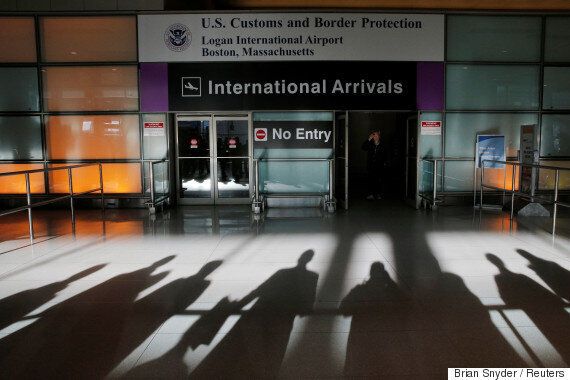On February 4, 2017, the U.S. Department of Homeland Security ("DHS") formally announced that it had temporarily suspended all enforcement activities relating to the 90 day travel ban, which was imposed by President Trump's Executive Order, "Protecting the Nation from Foreign Terrorist Entry into the United States" (the "Executive Order"). DHS personnel are to resume their inspection of travellers in accordance with "standard policy and procedure." This means that inspections should, in theory, be as they were before the Executive Order came into effect.
The U.S. Department of State ("DOS") also announced that it had reversed the cancellation of all visas that were affected by the travel ban. Foreign nationals covered by the travel ban who hold a valid U.S. visa are now free to travel to the United States. DOS has previously stated that fewer than 60,000 visas had been provisionally cancelled in order to comply with the travel ban.

The DHS and DOS announcements are in response to a federal court judge's recent decision to grant a temporary restraining order against the travel ban. Federal court judge James Robart issued a temporary restraining order on February 3, 2017, which halted enforcement of the travel ban nationwide. The federal lawsuit had been brought by the Attorneys General for the State of Washington and the State of Minnesota.
So problem solved right? Well, not quite. President Trump has publicly denounced the decision and vowed to reinstate the travel ban. So while it is not being enforced at the present time, if the U.S. Department of Justice is able to overturn the temporary restraining order, the travel ban could be reinstated.
Given this uncertainty, it is still advisable to read the Frequently Asked Questions ("FAQ") page on the United States Customs and Border Protection ("USCBP") website, which was added last week. The FAQ finally provides some useful guidance regarding the travel ban:
- It clarifies the meaning of "from one of the seven countries," which is used in the Executive Order. As written, this phrase could include someone who was born in one of the restricted countries but who no longer holds the citizenship of that country. It could also include a dual national who holds citizenship from a non-restricted country and citizenship from one of the restricted countries. According to the FAQ, travellers will be treated according to the travel document they present. So a dual national of a restricted country (i.e. Iran) and a non-restricted country (i.e. Canada) is not covered by the travel ban if he or she presents a passport from the non-restricted country.
- It clarifies that dual nationals holding a valid immigrant or non-immigrant visa in a passport issued by any country not restricted under the Executive Order will be permitted to apply for admission to the United States.
- It clarifies that, in accordance with the most recent guidance from the White House, the Executive Order does not apply to U.S. lawful permanent residents seeking entry/re-entry to the United States. Of course, the White House initially took the position that they were included in the Executive Order. However, shortly after the Executive Order came into effect, DHS announced a national interest exemption for U.S. lawful permanent residents. It now appears as though U.S. lawful permanent residents no longer need to rely on this national interest exemption.
- It confirms that permanent residents of Canada (not including refugees) who hold passports from a restricted country can still apply for admission to the United States, if the individual presents their passport with a valid immigrant or non-immigrant visa along with proof of their Canadian permanent resident status. However, the FAQ also states that travel must originate in Canada and be made through a Canada-U.S. land port of entry or a preclearance office at a Canadian Airport. So a Canadian permanent resident who flies through Billy Bishop Airport on Toronto Island (which does not have U.S. preclearance) could be subject to the travel ban upon arrival in the United States. In addition, a Canadian permanent resident departing from Toronto Pearson Airport on a private jet (private jets do not use U.S. preclearance) could be subject to the travel ban upon arrival. Finally, a Canadian permanent resident travelling to the United States directly from a third country (for example, Mexico) could be subject to the travel ban upon arrival.
- Although visa processing is not within USCBP's jurisdiction, the FAQ states that Canadian permanent residents (not including refugees) holding passports from a restricted country may still apply for U.S. immigrant or non-immigrant visas, if they present their passport and their Canadian permanent resident card to the consular officer.
- It clarifies that the entry of Iraqi nationals holding a valid Special Immigrant Visa to the United States are deemed to be in the national interest and such individuals may still apply for admission to the United States. Iraqi nationals may also still apply to a consular officer for a Special Immigrant Visa at a U.S. consular post.
Individuals who are subject to the Executive Order should familiarize themselves with the above FAQ, in the event that President Trump's efforts to reinstate the travel ban are successful.
Follow HuffPost Canada Blogs on Facebook
Also on HuffPost: